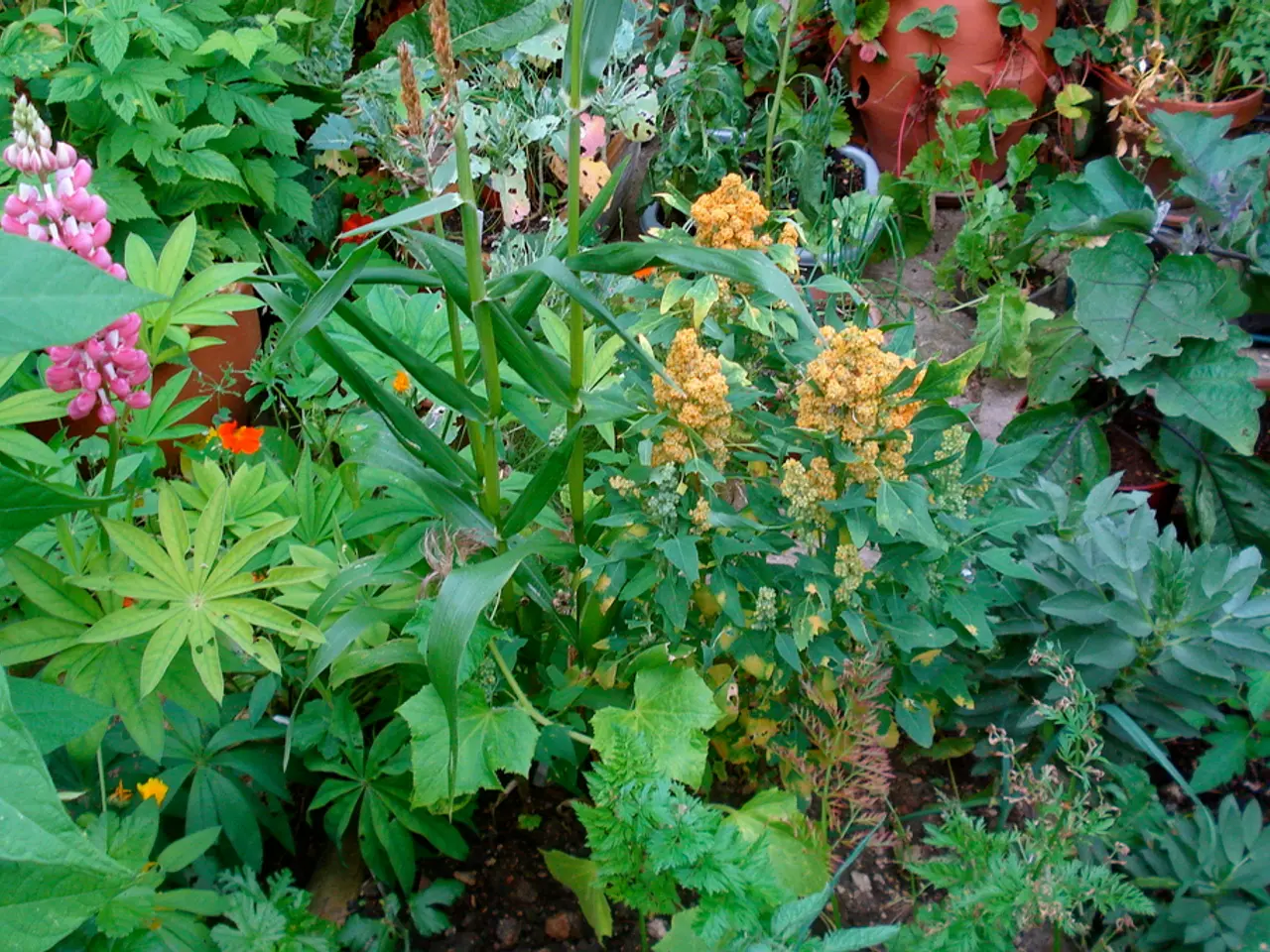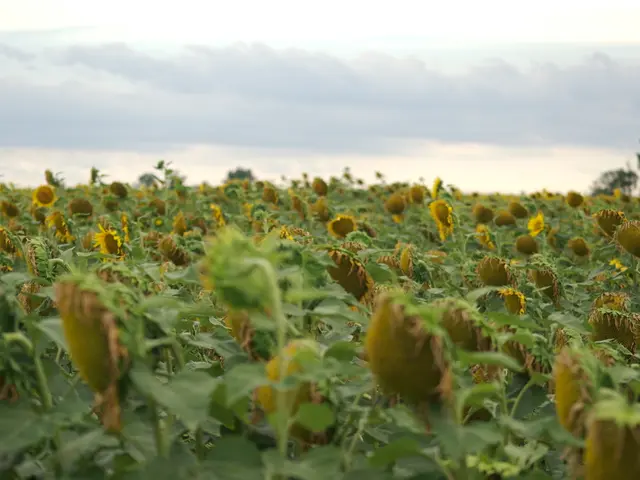Thriving Oases in the Desert: A Look at the Resilient Gardens of the Warlpiri People
In the heart of Australia's desert landscape, the Warlpiri people have cultivated a unique and resilient gardening practice that is catching the attention of researchers and ecologists worldwide.
The Warlpiri gardens are more than just a source of food; they are a testament to the deep connection between the people and their land. Elders share their wisdom through stories, songs, and hands-on teaching, taking children out onto the land to show them how to identify edible plants, dig for water, and care for seedlings.
These plants, tough and deeply adapted to the local climate, form the backbone of the Warlpiri diet and culture. Examples of native plants in Warlpiri gardens include bush tomatoes, wattleseed, and desert figs. The gardens are filled with species that have evolved to thrive in extreme heat and dryness.
Beyond their nutritional value, these native plants play a vital role in the Warlpiri culture, featuring in stories, ceremonies, and daily meals. The gardens are often placed in natural depressions or along the edges of creek beds, where water naturally collects after rain.
The Warlpiri approach offers valuable lessons in native plant resilience, soil restoration, and water management. Researchers have found that the methods used by the Warlpiri for land management can help combat desertification and promote biodiversity.
Community garden projects and school programs help keep this knowledge alive, even as modern life brings new challenges. Collaborative projects now bring together scientists and Warlpiri elders, combining local knowledge with modern research tools.
The Warlpiri people use creative designs to make the most of shade, wind, and terrain. For instance, they plant trees and tall shrubs to create cool pockets and use windbreaks made from brush or woven grass. These techniques help to conserve water and protect the gardens from harsh winds.
The Warlpiri story is becoming a blueprint for sustainable gardening in extreme environments, offering hope to communities facing similar challenges across the globe as climate change brings longer droughts and hotter days. By blending ancient wisdom about local ecology, fire, and kinship ties to the land with contemporary environmental science and governance, the Warlpiri people sustain desert gardens and manage the harsh desert environment adaptively and sustainably.
[1] Lewis, S. (2019). The Warlpiri Way: Sustainable Desert Agriculture. Australian Geographic, 148, 34-39.
[2] Morrison, J. (2017). Fire Country: How Indigenous Fire Management Could Help Fight Climate Change. The New York Times.
[3] Central Land Council. (n.d.). Warlpiri Ranger Program. Retrieved from https://www.clc.org.au/warlpiri-ranger-program
[4] Australian Institute of Aboriginal and Torres Strait Islander Studies. (n.d.). Warlpiri. Retrieved from https://aiatsis.gov.au/explore/australian-indigenous-cultures/warlpiri
[5] Australian Government. (n.d.). Indigenous Protected Areas. Retrieved from https://www.environment.gov.au/biodiversity/indigenous/protected-areas
- The unique gardening practices of the Warlpiri people, rooted in Australia's desert landscape, are gaining recognition in environmental-science and climate-change research circles.
- These native plants, like bush tomatoes, wattleseed, and desert figs, found in Warlpiri gardens, are not only part of their diet but also play significant roles in their culture and stories.
- The Warlpiri approach to gardening, land management, and water conservation offers valuable insights for battling desertification and promoting biodiversity, as research has shown.
- In light of modern challenges, community garden projects and school programs aim to preserve and share the Warlpiri knowledge about native plant resilience, soil restoration, and adaptive gardening techniques.
- Through collaborations with scientists, the Warlpiri are blending traditional ecological knowledge and local wisdom with modern environmental research tools, creating a model for sustainable gardening in extreme environments that resonates with communities around the world coping with the effects of climate change.





